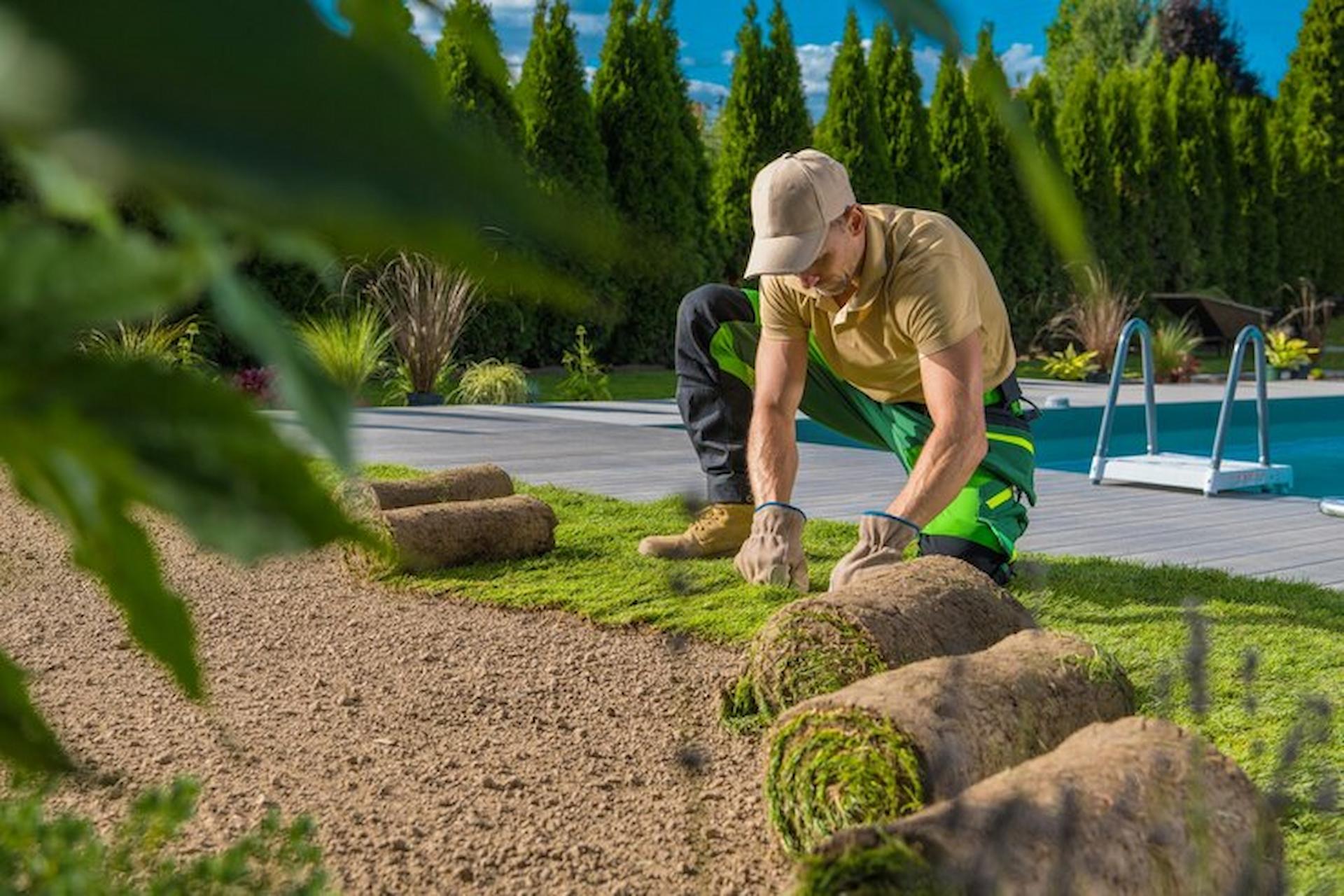Within the world of landscape design, the relationship of hardscape and softscape is vital for creating a balanced and visually appealing outdoor environment. Hardscape refers to those non-plant elements such as patios, walkways, and retaining walls, while softscape encompasses those living elements like plants, trees, and flowers. Together, they form the foundation of a breathtaking backyard that not only improves the aesthetics of your home but also serves practical purposes such as improving functionality and sustainability.
Whether a beginner looking to transform your outdoor space or a seasoned designer exploring latest trends for future projects, comprehending how to harmonize these two components is essential. You can design inviting outdoor living spaces that reflect your personal style while keeping in mind important aspects like maintenance and environmental impact. Join us as we delve into the art of landscape design, exploring top ideas and tips that cater to all taste and need, from original front yard landscaping to designing low-maintenance gardens that still captivate.
Key Garden Planning Ideas
When beginning on yard layout, one of the highly impactful concepts is incorporating a range of plants that bloom in various times of year. This strategy ensures that your exterior space continues vibrant throughout the year. Combining Click to find out more with annuals allows for diversity in shade and texture, creating a vibrant environment. For stunning gardens, consider the most suitable species for your specific weather and soil type, ensuring they flourish and enhance the aesthetics of your area.
Another essential element is the addition of hardscaping to complement the soft landscape. Hard landscape features features such as decks, platforms, and trails provide organization and functionality to your outdoor environment. Utilizing materials like stone, masonry, and timber can define distinct areas for outdoor living, while also adding visual interest. Mixing hardscape elements with soft landscaping elements, like flower beds and lawns, can form a harmonious layout that feels consistent and welcoming.
In addition to to flora and hardscaping, lighting plays a crucial role in garden layout. Thoughtfully designed outdoor lighting not only improves security but also elevates the ambiance of your area in the after dark. By highlighting walks, focal points, and flora, illumination adds richness and visual interest, allowing you to appreciate your garden long after the daylight sets. As you plan your design, consider how illumination can transform your garden into an captivating sanctuary.
Integrating Hardscape and Softscape
Achieving the ideal equilibrium between hardscape and softscaping is crucial in landscaping. Hardscaping features, such as patios, walkways, and border walls, provide structure and utility to exteriors. Such elements create defined areas and paths, guiding flow and movement while also introducing durability into the landscape. When designing hardscaping, think about materials that match your home’s architecture and environment, to ensure a cohesive look that enhances the entire design.
In contrast, softscape features like plants, flowers, and shrubs bring vibrancy and life to outdoor spaces. Choosing the appropriate plants can transform a hardscape into a lush, welcoming oasis. When incorporating softscape, consider about the seasonal and how various plants will coexist with the hardscape elements throughout the seasons. Use native plants to establish a sustainable landscape that is both beautiful and helpful to native fauna, improving the ecosystem balance of your outdoor environment.
The key to effective landscape design lies in the combination of hardscaping and softscaping, where each element boosts the opposite. A well-thought-out design will not only ensure aesthetic appeal but also promote functionality and sustainability. By thoughtfully selecting and organizing both hardscaping and softscaping elements, you design an outdoor space that seems harmonious and welcoming, ultimately transforming your backyard into a stunning sanctuary.
Tips for Budget-Friendly Yard Design
Designing a gorgeous landscape doesn't need to cost a fortune. One of the best approaches for affordable landscaping is to emphasize flora that are indigenous to your region. Native plants are usually more hardy and require less maintenance and watering needs, conserving you both hours and funds in the long run. Visit regional nurseries to find cheap options that will thrive in your climate while providing visual charm and habitat for indigenous wildlife.
Furthermore effective way to save on landscaping costs is to consider do-it-yourself projects. In place of employing a landscape designer or contractor for all aspect of your garden, tackle simple tasks yourself. This could include building raised garden beds, installing decorative stones, or making your own compost. Not only does DIY reduce money, but it can also be a fulfilling way to personalize your landscape. Utilize The original source and guides to assist you through any tasks.
In conclusion, don’t overlook the value of recycling items you own. Old bricks, stones, and wooden pallets can be converted into lovely garden features or paths. Additionally, think about sourcing materials from regional habitat restoration organizations, yard sales, or community swaps. By using what you already have and thinking creatively, you can enhance your landscape while keeping expenses low.

